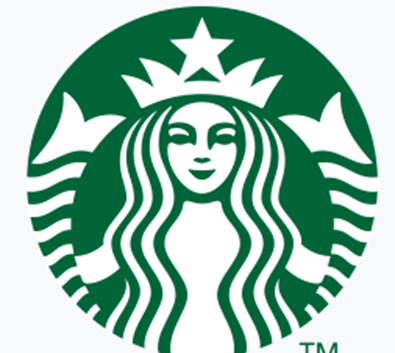Decoding Iconic Logos: How 10 Brands Built Their Visual Empires
Decoding Iconic Logos: How 10 Brands Built Their Visual Empires
1. Pinterest
Launched in 2010 by Ben Silbermann, Evan Sharp, and Paul Sciarra, Pinterest is a visual discovery engine where users “pin” images and ideas. Initially aimed at hobbyists and creatives, it grew into a global platform used for inspiration in fashion, design, DIY, and more. Its simple red-and-white logo features a stylized "P" that mimics a pushpin, reinforcing its core metaphor. Pinterest has become a powerful branding and marketing tool, particularly among lifestyle and creative industries. Its clean, user-friendly interface and visual appeal have helped it attract hundreds of millions of users worldwide.
2. Nike
Founded in 1964 as Blue Ribbon Sports and rebranded as Nike in 1971, the company was named after the Greek goddess of victory. Its iconic "Swoosh" logo, designed by Carolyn Davidson for just $35, symbolizes movement and speed. Nike produces athletic footwear, apparel, and equipment, and is one of the world's largest sports brands. Known for its innovative products and celebrity endorsements (e.g., Michael Jordan and Serena Williams), Nike’s "Just Do It" slogan has become a cultural phenomenon. Its powerful branding, strategic marketing, and product innovation have made it a global symbol of athletic excellence.
3. Instagram
Instagram was founded in 2010 by Kevin Systrom and Mike Krieger as a photo-sharing app and quickly rose to popularity due to its simple interface and creative filters. Acquired by Facebook in 2012, it evolved to include videos, Stories, and Reels. Its colorful camera logo represents creativity and self-expression, updated in 2016 to a gradient-style glyph that reflects modern design trends. Instagram has transformed how people communicate visually and is a key platform for influencers, brands, and businesses. With over a billion users, it plays a central role in social media culture and digital marketing.
4. Apple
5. Starbucks
6. BMW
Bayerische Motoren Werke AG, or BMW, was founded in Germany in 1916, originally producing aircraft engines. The blue and white in its logo represent the Bavarian flag and the company’s aviation roots, often misinterpreted as a spinning propeller. BMW is known for its luxury vehicles and motorcycles, blending high performance with sophisticated design. The brand slogan “The Ultimate Driving Machine” highlights its commitment to driving pleasure. BMW has earned global prestige through innovation, engineering excellence, and premium branding, making it a top-tier player in the automotive industry and a symbol of status and precision.
7. H&M
H&M, short for Hennes & Mauritz, was founded in Sweden in 1947 by Erling Persson. It began as a women’s clothing store and later expanded to men’s and children’s fashion. The bold red logo, featuring clean sans-serif letters, communicates energy, style, and affordability. H&M is known for fast fashion—delivering trendy, accessible apparel at budget-friendly prices. It operates in dozens of countries and has embraced sustainability initiatives in recent years. With global appeal and frequent designer collaborations, H&M continues to be a major force in the fashion retail industry, blending style and accessibility for the mass market.
8. Amazon
9. Spotify
Launched in Sweden in 2008 by Daniel Ek and Martin Lorentzon, Spotify revolutionized how people access music. Its green circular logo with soundwave bars signifies streaming and digital sound. Spotify provides users with access to millions of songs, podcasts, and curated playlists, using personalized algorithms and AI to enhance discovery. It popularized the freemium model in music, offering both free ad-supported and premium subscriptions. Spotify has become a cultural staple and a leader in the audio streaming industry, helping artists reach global audiences and reshaping how people engage with music.










Comments
Post a Comment